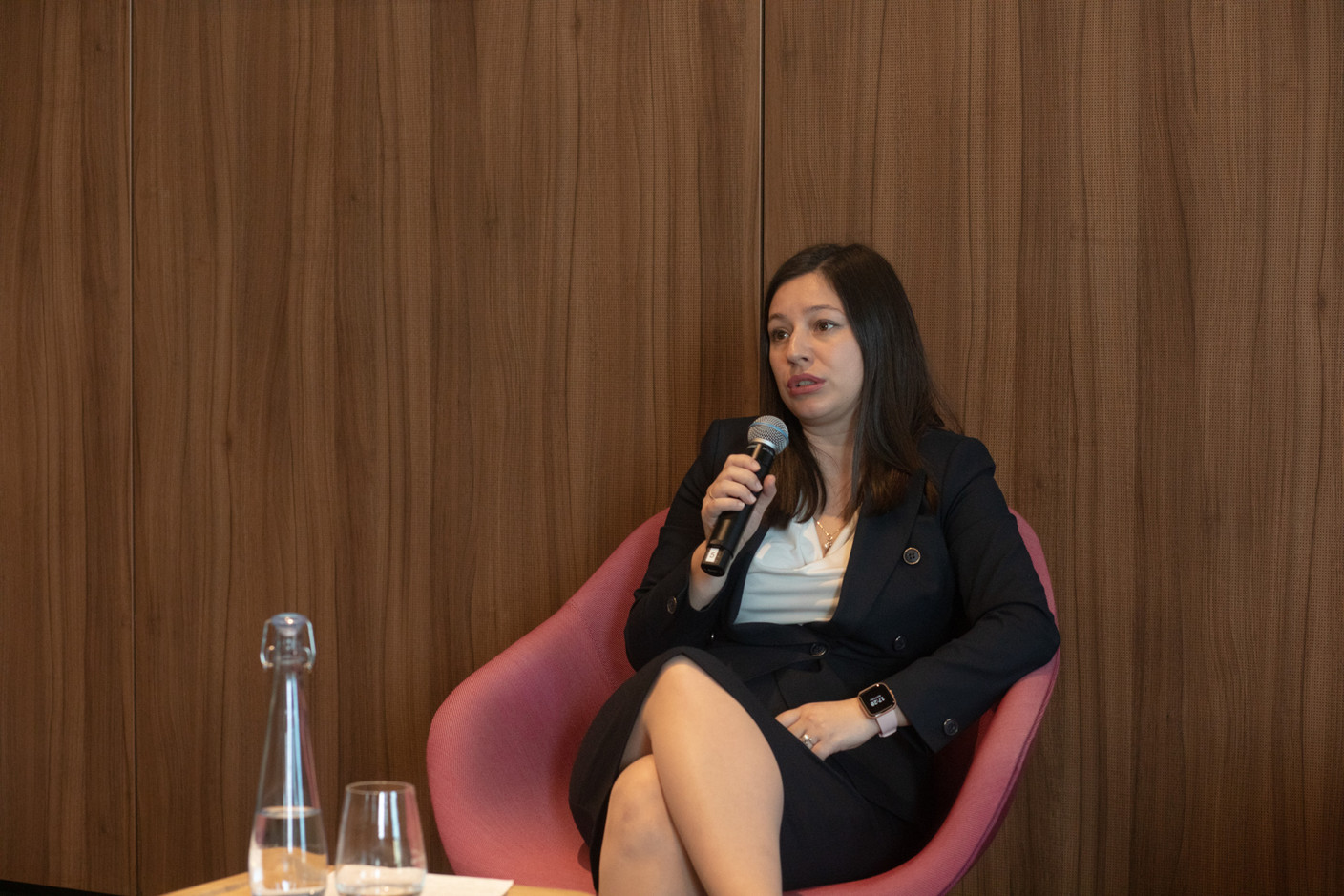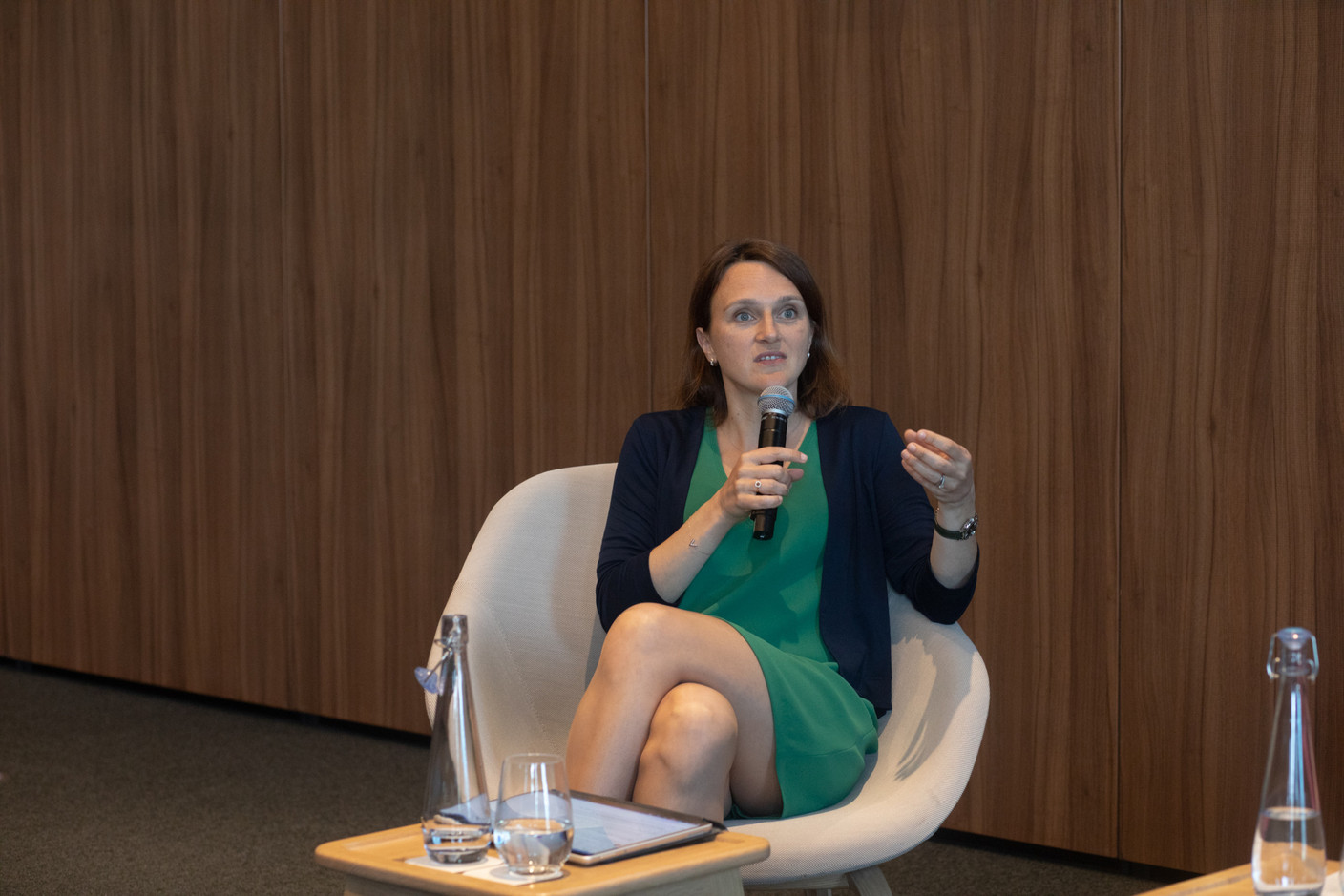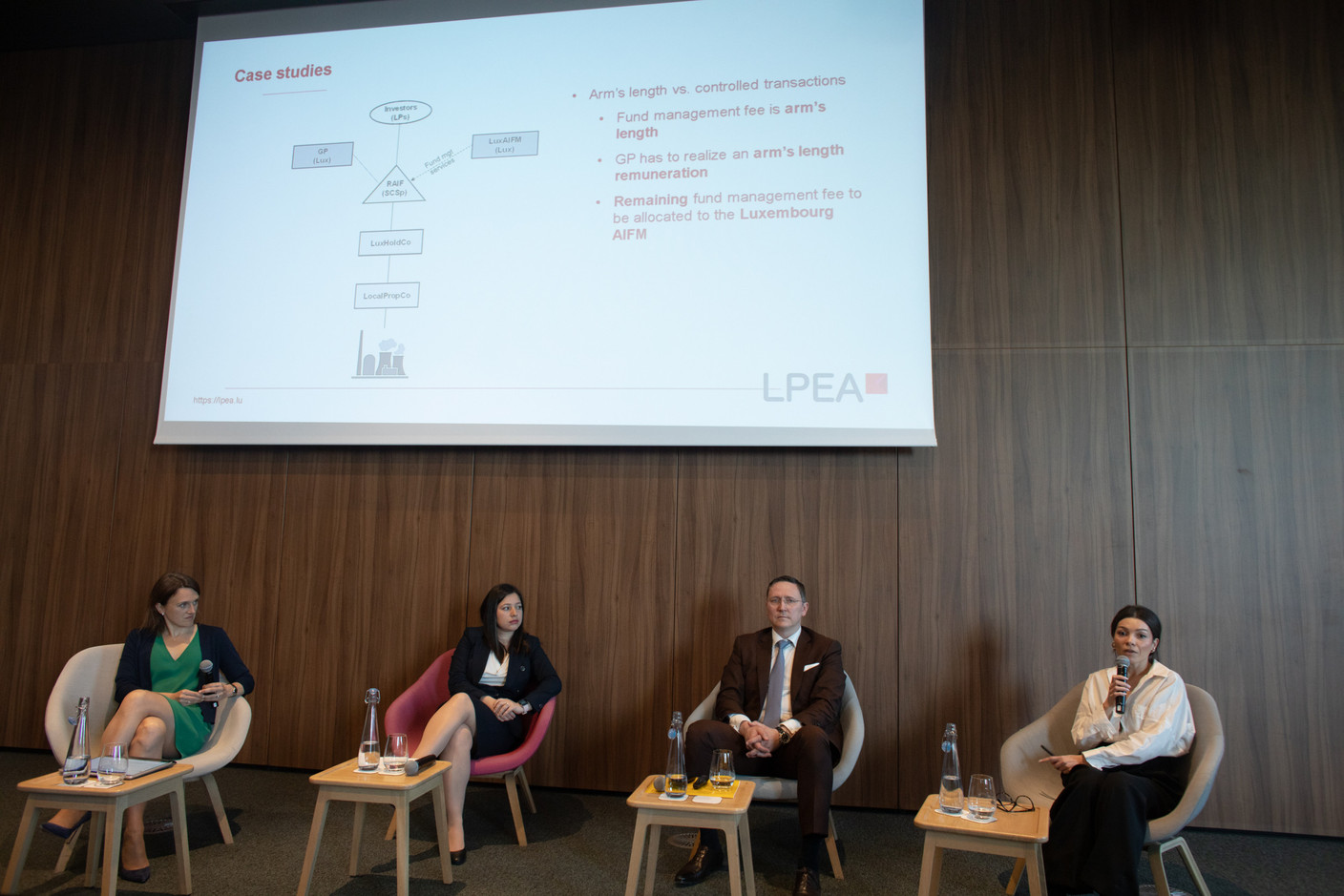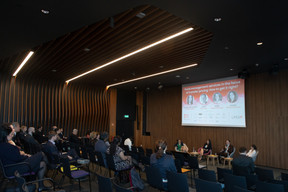“Starting with the basics, the arm’s length principle is the cornerstone of transfer pricing,” explained Viktoria Dimitrova, an associate from Arendt, during the transfer pricing panel organised by the LPEA. It states that “enterprises should enter financial and commercial relations according to market conditions.”
This is meant to ensure that profit is not shifted around during transactions between companies in the same group and to ensure that taxes are paid accordingly. Article 56 and 56bis provide for the arm’s length principle in Luxembourg, said Dimitrova, making it a legal obligation for taxpayers to comply.
But it’s not just something that applies at a single point in time. It’s important to consider the arm’s length principle throughout the lifetime of a structure--from inception of a transaction to settlement of funds--and to monitor changes on an ongoing basis, noted Dimitrova.
More than “simple” compliance
Transfer pricing is indeed about documentation, said Macide Candan, senior advisor at Elvinger Hoss Prussen. “But it’s not only about this. I think it’s not really appropriate to reduce transfer pricing to compliance.”
Candan offered three examples that highlighted the importance of transfer pricing documentation. The first concerned tax assessments by the Luxembourg tax authorities. “In the absence of any TP documentation or TP support, it is quite complicated to prove that the transaction was actually at arm’s length.”
Her second example focused on annual audits, as auditors can ask to see TP documentation when performing an audit in order to approve the accounts, while the third example related to mergers and acquisitions. “A purchaser can request TP documentation from the seller in the context of the due diligence,” explained Candan. Without TP documentation, “the purchaser actually can negotiate the purchase price, and also push to include quite strong warranties in the sale purchase agreement.”
If TP documentation isn’t already in place, noted Candan, then preparing TP documentation may be “quite challenging,” both in terms of timing and the lack of security on the outcome of the TP analysis. “Transfer pricing should be seen also as a strong risk mitigation tool rather than a simple compliance exercise.”
Preparing TP documentation “contemporaneously”
Transfer pricing documentation is important in justifying profit allocation and mitigating the risk of double taxation, added Dimitrova. “Historically, multinational enterprises were using intragroup arrangements to shift profits from high tax jurisdictions to low tax ones.” But there has been a shift in this behaviour in recent years, and multinational enterprises have changed their behaviour.
“What didn’t change is the focus of the tax authorities in transfer pricing audits,” she said. “Now they’re equipped with the arm’s length principle, with more tools to actually look at how profits are extracted from their jurisdictions as well. And they’re much more focused on checking whether the transfer pricing positions taken in the past returns are indeed well supported with robust transfer pricing documentation.”
“It is important to stress that the transfer pricing documentation should be prepared contemporaneously,” said Dimitrova, and “this remains the strongest tool to substantiate the profit allocation into different jurisdictions.”
Right moment to review TP policies
Transfer pricing, therefore, can be used to confirm that a company is compliant with the law, but also to respond to questions from auditors, regulators or tax authorities concerning the proper allocation of profits, said moderator Sophie Boulanger, partner at KPMG.
Oliver Hoor, partner at Atoz, presented several case studies to illustrate the importance of taking a “proactive stance on transfer pricing documentation.” The tax authorities are becoming “more sophisticated” and “more challenging,” in particular with transfer pricing, he noted.
A draft law from March 2023--due to be voted in June--aims to increase the collaboration, transparency and exchange of information between the CSSF, Luxembourg’s financial regulator, and the tax authorities.
“I think it’s the right moment for everyone to think of the position of Luxembourg entities within asset management groups, and to try to review whether the group’s transfer pricing policy that has been put in place at a certain point in time reflects--or still reflects--what you live in your day-to-day,” concluded Boulanger.







































